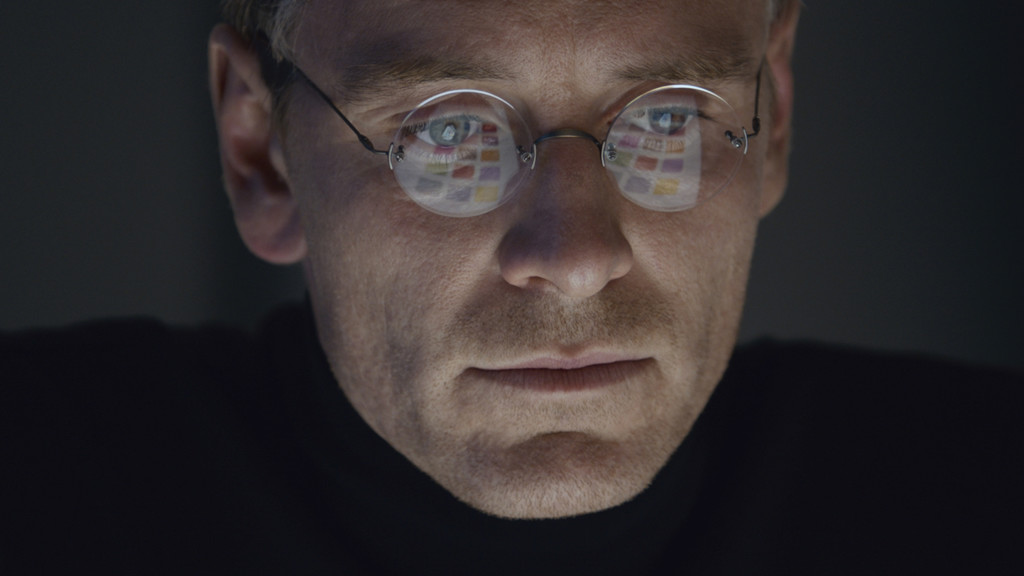Aaron Sorkin wrote the screenplay for the 2015 movie “Steve Jobs”. I just saw the film and absolutely loved it. It has had disappointing ticket sales so far but has a very respectable 85% review rate from critics on Rotten Tomatoes.
One of the complaints from tech heads is that some of the true facts have been adjusted for the screenplay to make it a better film. In the link below, screenwriter Aaron Sorkin explains the difference between “subjective” and “objective”; or in other words that some have said, “this is not a documentary, this is a painting.”
Here, Aaron Sorkin explains, “it’s not a photograph, it’s a painting”:
What’s interesting to me, is I keep reading about the Steve Jobs movie “controversy” of this painting vs photograph approach, or “subjective” vs. “objective”. Aaron Sorkin understands fully that his approach as a screenwriter is to create a new painting. Documentaries are for the History Channel (or at least used to be for History Channel, but that’s another subject). In the world of entertainment it’s all about the story.
Aaron Sorkin has created a new work of art based on facts. He has created (to me) a gripping story that is very satisfying to tech heads and anyone interested in stories of the creators of Apple. I’ve watched many videos of Steve Wozniak, John Sculley and others on YouTube just as part of my fascination with these personalities. (On a side note, I grew up just miles from the Microsoft campus, which may account for some of my fascination with early Apple and Microsoft stories).
Here is a detailed story on reactions from early Apple employees on the “Steve Jobs” 2015 movies:
To make a good story, whether a movie or stage play, there are numerous tough decisions to make between historical fact and what serves the story. I have been through this process myself and made the mistake of wanting absolute historical accuracy. The price I paid is that I ended up with a storyline that had problems with character arc and problems with guiding the audience through a fulfilling journey and end destination. Sorkin knows that of course you do all the research you can, but there’s a point where you have to stop the research and write the compelling story (your best “vision” of a complete story within itself). So my hat is off to Sorkin for understanding this, for create a new true work of art (that I thought was AWESOME!!!) and for ignoring critics and sticking to his vision.
For screenwriters, make a conscious decision whether you are creating a documentary (a photograph) or a work of art (a painting). If we had more Aaron Sorkin’s in the world, I believe we would have more beautiful works of art. Thank God we do have Aaron Sorkin following his vision.
Controversy? There is none. Go forth Mr. Sorkin and create new works of art.
http://money.cnn.com/2015/10/25/media/steve-jobs-box-office/index.html
I loved the portrayal of Steve Wozniak in the film. According to this article, Wozniak himself also approved of the film.
http://www.theverge.com/2015/9/7/9272963/steve-jobs-movie-wozniak-likes-sorkin-boyle-fassbender
Excerpt:
Apple co-founder Steve Wozniak was impressed by Aaron Sorkin’s and Danny Boyle’s Steve Jobs, a biopic. “I saw a rough cut and I felt like I was actually watching Steve Jobs,” Woz told Deadline Hollywood, “I give full credit to Danny Boyle and Aaron Sorkin for getting it so right.” The script is 200 pages long, and filled with Sorkin’s voluminous dialogue.
